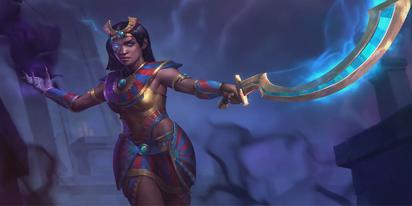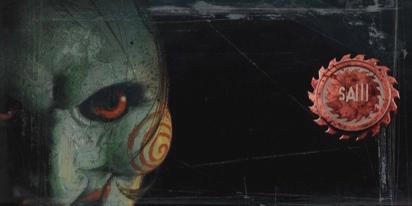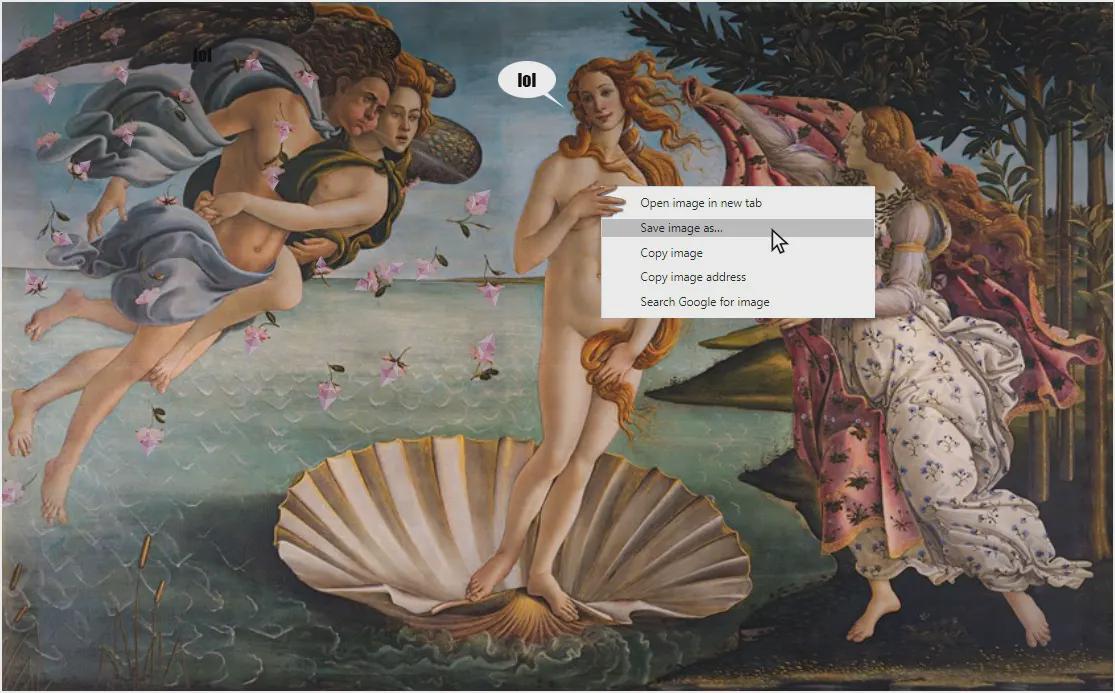
Right Click, Save Image As
Non Fungible Tokens figuratively (if not literally) set the world on fire during the COVID-19 pandemic around the time when the Bored Ape Yacht Club collection generated hundreds of millions of dollars in crypto commerce. They weren’t the first, but they’re arguably the “most famous” outside crypto Twitter.
In the blink of an eye, the letters “NFT” became synonymous with “JPG.” It’s inexplicable to think that someone can personally own a 631px square image that anyone else can just… download for themselves. Furthermore, do these crypto bros actually own the underlying pictures, or do they simply possess a link in a ledger that might one day break?

Now, Release Your NFT Anger
Contempt sprang from the absurdity of owning pixels and fermented in the seemingly extravagant waste of money and effort pouring into the technology. Mix in GPU shortages caused by crypto miners and excessive energy consumption in an age of global climate change, and you’ve got a veritable powder-keg of vitriol ready to blow away anyone willing to defend NFTs—and boy has it exploded.
OK, So What Is an NFT, Really?
An NFT is just a piece of data stored on a blockchain. It can be traded or sold in marketplaces, but unlike cryptocurrency tokens, every NFT is a unique asset. Just to be clear, when talking about “NFT art” or “NFT collectibles,” the actual image data is most often not stored on a blockchain; rather, the data in the NFT represents immutable rights to a unique digital asset which is stored elsewhere.
It may come in the form of a URL or an ID, but the data on the blockchain is effectively a pointer.
You Only Own A Stupid Token
Say you own an NFT representing a goofy profile picture of a pixelated face. A few years pass, and through no fault of your own, the link to the image becomes invalid (perhaps it was stored on a centralized server and subsequently taken down). Now you own a token that points to nothing.
This fun fact really fires up the anti-nft crowd, but I don’t think it’s a valid criticism of the technology. Consider a corollary example:
A Car Title
A car title is a non-fungible document representing the ownership and history of a unique underlying asset (a car). The title is not the car; the title designates ownership of the vehicle.
Just because the car could be lost, stolen, or destroyed does not make the title useless in the interim. For that matter, if someone asks, “Who owns this 2016 Jeep Wrangler,” and I produce a car title that proves I am the owner, it’s unlikely that they will tell me I only own a unique piece of paper and not the underlying asset.
That’s because society has agreed to honor the car title as proof of ownership, and we’ve created a jurisdiction of laws around car titles to enforce these ideas. NFTs do not yet enjoy the same superficial consensus or legal enforceability, but the concept is not so far-fetched or incomprehensible.
NFT Markets Are Rife With Scammers
I’m not going to argue for an abundance of regulation, but I think we can all agree that completely unregulated markets suck. There is a constant risk of scammers in the wild west of NFT markets, even with proper due diligence.
However, claiming that NFTs are bad because they are unregulated is a straw-man argument. The problem is the lack of regulation, not the underlying technology. The consensus in the NFT industry includes a massive desire for better oversight and clear legislation.
Think of it this way: credit card fraud is a big problem, but you probably still use a credit card. Scammers do not delegitimize NFTs any more than credit card thieves delegitimize American Express.
“Owning” a Profile Avatar Is Pointless
NFT avatars, in their current form, are pretty dumb. Outside of the mild satisfaction of collecting things, almost all pieces of digital NFT art offer no real utility. To be fair, owning a Bored Ape allows you to prove that you’re part of a club, but let’s be honest: anyone who can afford hundreds of thousands to millions of dollars for an NFT is already part of a club called “being rich,” and you ain’t a member of that club.
So what’s the point?
Limited edition speculative assets—like NFT art—are a proof of concept on steroids that have gotten way out of hand. Proving digital ownership of a unique asset is the concept, “CryptoPunks” are the proof. But, before we talk about more compelling use cases, let’s take a step back and talk about digital economies.
The 2001 Everquest Black Market Economy

Holy shit, what a segue.
Back in December of 2001, Edward Castronova published an academic paper entitled Virtual Worlds: A First-Hand Account of Market and Society on the Cyberian Frontier to the online scholarly journal, Social Science Research Network.
Although the term “Cyberian” never really caught on, the paper certainly made waves in economic circles. To date, it’s the most downloaded academic paper in the journal’s history.
EverQuest is an MMO that launched in 1999. Castronova’s research showed that after two short years, the relative value of a single Platinum Piece (one of the in-game currencies) compared to the U.S. Dollar exceeded that of the Japanese Yen and the Italian Lira.
If you’re interested in the whole story, I recommend watching That Time a Video Game had an Economy Almost as Strong as Russia from Today I Found Out. It’s fascinating.
Do Video Game Assets Have Value?
I’m old enough to remember one particular media hype from the early 2000s: whether or not in-game currencies and items held any real, tangible value outside the game. This was around the same time as the moral panic about violence in video games.
The denizen players of EverQuest had built a thriving black market economy outside the game, and the developer, Sony Online Entertainment, was not pleased. They would ban players caught doing this, claiming that the players were infringing their intellectual property rights.
It was hard for the general public to accept that a sword in EverQuest could be acquired in-game and then sold for—real money!? These days, the question seems silly—video game assets obviously have value. Microtransactions have proven the rule, and companies like Sony are now in on the action.

CS: GO Skins
For a modern take on video game items with economic value, look no further than the wild CS: GO skin economy. The price of some of these skins could make your average NFT trader blush.
Take the Factory New Karambit | Case Hardened (Blue Gem) knife skin, shown here. There are only a few worldwide, and this one lists for more than $1.5 million, though there haven’t been any buyers.
The largest transaction for a CS: GO skin happened in June 2021 for $780 thousand.
What Do You Own When You Buy Video Game Items?
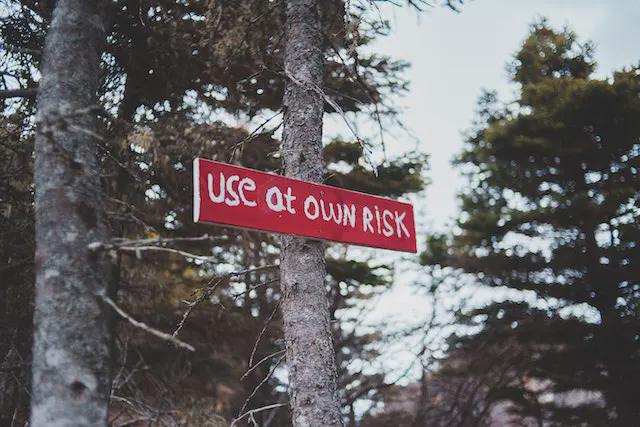
It’s difficult to deny that there are economies of significant scale forming around today’s video games, but what do you own when you buy, for example, a CS: GO skin from Valve or from a third-party marketplace?
It turns out you don’t really own shit.
You enjoy some of the trappings of ownership. You can use the item in-game, and people can see you wearing the shiny new thing while you beg for subs on Twitch.
But what if your favorite game doesn’t have a marketplace where you can sell your things when you’re done with them? Or, worse yet, what if your account gets banned? Those valuable skins that you don’t really own will be locked away forever.
The Case For Gaming NFTs
Everybody knows (say it with me now): Gamers. Hate. NFTs.
…except for the ones who don’t. I love this topic because the real NFT opponents come flying out of the woodwork with frothy hyperbole comingled with legitimate complaints every time “gaming” and “NFT” are used in the same sentence. I predict the Disqus comments at the end of this post will be an actual warzone.
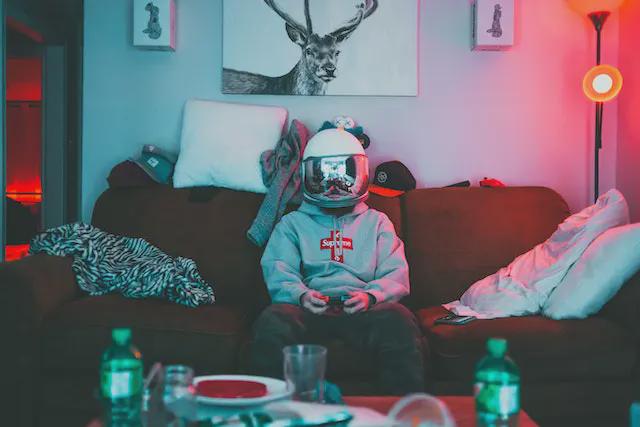
The loudest voices in the room are gamers with a fucking opinion and an axe to grind.
For example, there’s a particular gaming blog that’s been around forever. It bills itself as “a news and opinion site about games and things SeRiOuS GaMeRs care about.”
I won’t give them the satisfaction of a direct mention (their name starts with a “K” and sounds like a Hawaiian island), but suffice to say, they have launched a vendetta against anything considered remotely “crypto and gaming.”
To Be Fair, The Hype Can Be Outrageous
I’m not sure who started the rumor that NFTs will one day allow you to carry your items from one game to another, but it’s a stupid idea that will likely never happen outside of maybe a handful of one-off collaborations between developers.
The obvious argument against transferring items between games requires a light understanding of how games are built in the first place. I found a pretty decent NFT interoperability article on HackerNoon that covers many of the problems, but the gist of the problem is that “games are incredibly custom.”
- The proportions and dimensions of physics assets are entirely different in every game.
- Any given item may comprise thousands of smaller assets to define behaviors, animations, aesthetics, and how it interacts with the rest of the game’s world.
- Items are code. Games are not all written in the same coding language, nor the same framework or project conventions.
It’s just never going to work.
We Already Have What NFT Maximalists Are Promising
Wouldn’t it be cool if you could buy and sell skins from your favorite game and trade them with other players? As I’ve discussed above, you can already do that in many games.
Okay, wouldn’t it be awesome if you could buy and sell user-generated content? Players could mint new items or skins as an NFT sell them! Yes, that would be awesome! So awesome that games have allowed players to create mods and sell content for over a decade.
So what the hell are NFTs actually bringing to the table? Decentralization? Trustless ownership? Wait… that’s genuinely compelling, but it will take a lot of work to convince gamers and game developers why they should give a shit.
Ban Hammer
A few days ago, one of the best examples of why gamers should care happened in the CS: GO skins community. User Seacat lost access to nearly $5 million worth of skins when Valve banned the account. If those skins were associated with NFTs on a decentralized ledger, Seacat might not be able to play the game, but they could retain the value of their assets and sell the skins to other players.
If You Build It, They Will Come
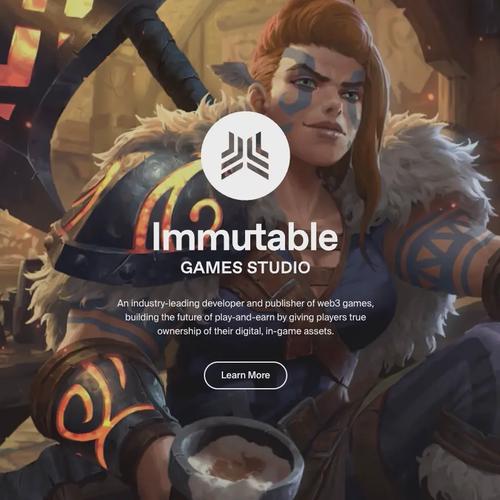
That brings us to game developers and publishers. They have zero incentive to lose control of the status quo. It won’t be the AAA game industry that ushers in a new generation of digital ownership. I believe it will be championed by indies and mid-level studios who want to compete with smaller budgets.
And they won’t get there by marketing the letters N, F & T on their games; they’ll do it by building fun games that allow gamers to seamlessly experience actual ownership of their digital assets.
One company making news in this area is Immutable. Not only have they built a platform for minting and trading NFTs, but they also started Immutable Studios to dogfood their own kool-aid and make compelling games in the process.
And they’re not sitting on their hands either. Their co-founder, Robbie Ferguson, has been hyping absolute tsunami-sized waves in the industry.
- They’ve partnered with GameStop in several ways. Not only will their NFTs be available to all of GameStop’s customers via the GameStop NFT Marketplace, but they also cooperated with them on a $100 Million IMX Grant Program encouraging game studios to build with NFTs.
- The Immutable Game Studio recently announced a partnership between Guild of Guardians and eight of the world’s most prominent professional esports organizations.
- Their game Gods Unchained boasts tens of thousands of NFT transactions per day, recently generating more crypto revenue in 24 hours than even the most significant NFT collections.
Walled Gardens Empower NFTs
Ironically, NFTs really shine inside walled gardens. Let’s jump back to the apparent uselessness of NFT avatars and look at Twitter. The user interface and feature set of Twitter was designed in the age of Web 2.0 when even Bitcoin was just a twinkle in Satoshi’s eye. You can upload any picture you want as your Twitter avatar.
It’s easy for me to question the legitimacy of ownership when I can, quite literally, save your image and upload it to my profile for free.
But what if that were not the case? Imagine a Web 3.0 Twitter called… I dunno… “Twatter.” On Twatter, you can only use a profile picture of an NFT that you own. Without the NFT, your profile pic is the default phantom egg.
Does that make NFT avatars useful? I could argue it both ways, but suddenly the avatar looks much more like a CS: GO skin, if you ask me.
Gaming First, Then The World

I think it’s clear that gaming is the next hot vertical for NFTs, despite the screaming masses and difficult hurdles ahead.
But then what?
How about car titles?
How about any certificate of authenticity or proof-of-ownership method?
I think these are perfectly cromulent use cases for NFTs once the world is already using them and understanding their limited benefits. From there, I think there’s an opportunity to digitally own and verify your data online, especially in the decentralized finance and e-commerce spaces.
NFTs Are Become Death, The Destroyer of Climate
Traditional methods of minting and verifying NFTs are expensive and contribute to climate change because these methods rely on Proof of Work. That said, the misplaced anger has everything to do with PoW and nothing to do with NFT technology.
Besides, not all NFTs are created equal. There are Layer 2 scaling solutions, like the aforementioned Immutable X, Loopring’s impressive zero-knowledge rollups, Polygon, Arbitrum, and many more. These platforms bundle hundreds or thousands of transactions into a single Layer 1 block, reducing the carbon footprint of minting an NFT.
And these are just on the Ethereum network. There are blockchain alternatives, and with the epic Merge behind us, even Ethereum has moved beyond the energy-sucking-specter that is PoW to the more eco-friendly Proof of Stake.
However, it’s really satisfying to claim NFTs ruin the planet, so I believe this argument will continue well beyond the eventual adoption and capitulation of the naysayers.
Now You Know About NFTs
Go forth, prosper, and argue with the two extremes from a position of knowledge. Speaking of arguments, the comments section is below. Let’s keep it generally civil; pretty please?
